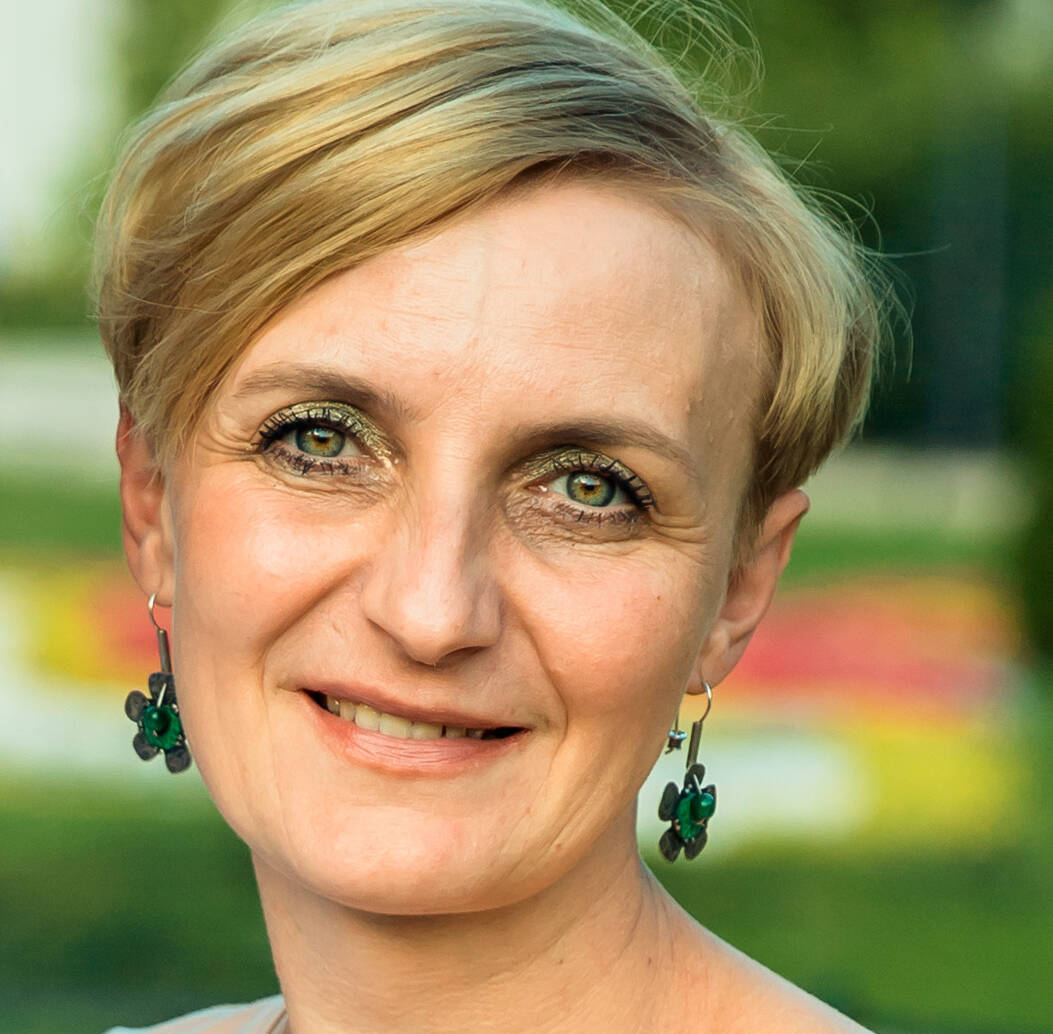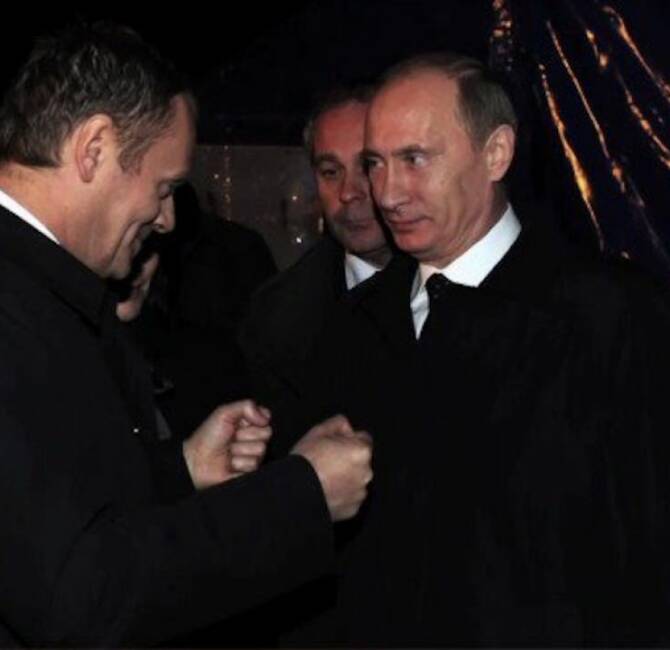Poland/Ireland – Sligo is a small town of 17,000 inhabitants in the diocese of Elphin on the northwestern coast of the Republic of Ireland, with a Polish minority of about two thousand people in the town itself and its surroundings. For more than fifteen years now, one of the landmarks for this community has been St. Anne’s Church, where there is a Polish chaplaincy currently under the responsibility of Father Stanisław Kardaś, who has been delegated there by the Bishop of Rzeszów, Poland. Fr. Kardaś and his predecessors have succeeded in creating a vibrant pastoral centre for local Poles in the parish of Saint Anne. Every week, Fr. Stanisław celebrates a Mass in Polish, the liturgy being thoroughly prepared by the faithful. The Polish priest administers the sacraments, serves as a hospital chaplain, visits prisoners, and participates in prayer group meetings. In two consecutive years before the pandemic, the Poles associated with the parish organised a family picnic, with homemade food, music and attractions for children. The event was also aimed at other communities, and in particular of course at the native Irish, in order to create an opportunity to integrate the two communities and to build links between them. This initiative, as well as the Christmas gatherings where traditional Polish carols are sung and gifts are given to children, have been financed by a common fund collected every Sunday with donations from the local Polish Catholics. The pastoral and cultural activity of the Polish community in Sligo has long enjoyed the support of the local bishop and priests, including that of the current bishop of the Diocese of Elphin, Bishop Kevin Doran.
Sligo is no exception on the Emerald Isle. There are more than one hundred and twenty thousand people of Polish nationality living in the Republic of Ireland according to the 2016 census. This represents over 2.5% of the total population, which makes Poles the largest foreign community in the country. If we add to this number the Poles born in Poland but who are now Irish citizens, the total is probably around 200,000, for a population of the Republic of just 5 million souls (4.76 million according to the 2016 census). After Poland joined the EU in 2004, Ireland was one of three countries, along with the United Kingdom and Sweden, that immediately opened its borders to Polish workers. And as in the neighbouring United Kingdom, Polish immigration has done much to slow the decline of the local Catholic Church and even revive parishes. The Catholic Church in Ireland itself is in accelerated decline. Between 1984 and 2011, the proportion of Irish people attending Sunday Mass fell from 90% to 18%. In Poland, too, the trend is downward, but the decline is much less marked. In 1980, 51% of Catholics regularly attended Sunday Mass in communist Poland. In 2000, 47.5% of Catholics attended Sunday Mass each week, but the proportion was down to 41% in 2010 and 37% in 2019, which is still a large number of people by European standards.
The Polish community of Sligo, like many Polish communities in the Republic of Ireland and the United Kingdom, and also elsewhere in Europe, remains an island of religious practice in an environment that has become very much secularised and no longer has much to do with the image of Catholic Ireland commonly held until recently (at least until the referenda of 2015 and 2018 that legalised, successively, “gay marriage” and abortion, with the support of a majority of “Catholics” encouraged in their vote by their bishops’ passivity). In 2018, however, the Polish Bishops’ Conference called on Poles living abroad to integrate into the local Church, as the approximately 2,000 Polish priests and nuns caring for these flock are too few, and the Polish bishops insisted they should not live in isolation from their host country anyway.
And this is also what seemed to guide Bishop Doran’s decision when he decided last autumn not to extend Fr. Stanisław Kardaś’ mission and to end this fifteen-year-old Polish chaplaincy in Sligo. Father Kardaś is therefore to return to Poland next May, and the chaplaincy of the Polish community will be entrusted to another Polish priest residing in Donamon, a town nearly 100 km away from Sligo. As a result, Mass in Polish will only be celebrated once a month in Sligo and the Polish chaplaincy will be doomed to disappear. According to Bishop Doran, it will encourage “a closer connection between Catholics from Poland and the Parish in which they live”, “where their youth and energy will be welcomed” and will contribute to the life of the local Church. For Bishop Doran, the Polish missionary’s activity in Sligo was limited anyway, since he was, in his opinion, only looking after the Polish Catholic community, and the local Irish parish cannot afford to bear the costs which seemed to be insufficiently covered by the Polish community.
The bishop’s decision, however, has provoked strong reactions in the Polish community of Sligo. In one of the many letters sent to Bishop Doran by individuals and representatives of this community, the Poles have stressed that, as a result of his decision to restrict Polish access to Mass and the sacraments in the Polish language, “many members of the Polish community will simply turn away from the Church because they will not understand the Mass, its rites, its readings, its gospels, its homilies in a language in which they can communicate while shopping at the supermarket, but not at the level of words, parables, pericopes, moral teachings or spiritual counsels, which they simply will not understand. The Irish pronunciation and local dialects are also particularly difficult for foreigners. Mass will be simply incomprehensible.” Furthermore, it will be difficult for them to receive the sacrament of confession, and these difficulties will particularly affect the older Poles who have come to live with their children residing and working in Ireland and who often have a poor command of the English language. In order to convince the Bishop of Elphin to reconsider his decision, the representatives of the Polish community have pledged to contribute more to cover the costs of their pastoral ministry in Sligo. They have also suggested that Father Kardaś could engage with other Polish communities, and also with other Irish parishes in the diocese, as he is fluent in English, having ministered as a priest for several years in the United States.
This did not help, however. After a long exchange of letters and a series of meetings between Bishop Doran and representatives of the Polish Catholics of Sligo, and despite the Polish community’s mobilisation, including with prayer vigils at St. Anne’s Church and in front of the bishop’s residence, Bishop Doran is standing firm on his decision to close the Polish mission in Sligo and to send Father Kardaś back to his home diocese in Rzeszów next May.
And yet, according to the Irish Association of Catholic Priests, more than 20% of priests and monks in Ireland have died in the last three years, and the trend is accelerating as the average age is very high. We can therefore expect an acceleration of parish mergers, church closures and a decrease in the number of masses celebrated all over the Republic of Ireland. In the midst of a vocations crisis and to remedy this situation, the Catholic Church in Ireland intends to introduce a permanent diaconate, and the Irish bishops have asked the Holy See to approve the ordination of married and unmarried men to this permanent diaconate. Poland is also experiencing a significant decline in the number of vocations, but it is far from having reached such a stage.
It is said that in the Middle Ages, it was the Irish monks who revived the flagging Catholic Church in Europe. Perhaps the Bishop of Elphin should remember this and pray that Polish Catholics, by founding communities throughout the continent, including in a Republic of Ireland that has largely renounced its faith, will do the same in our 21st century?




